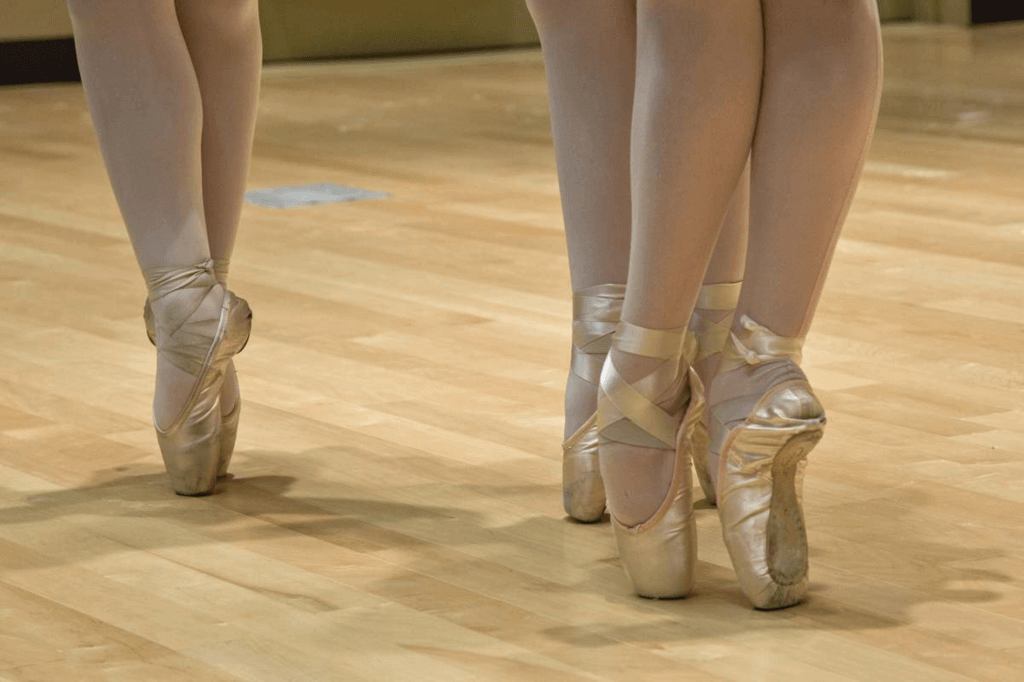Ballet Day
Ballet Day is observed next on Saturday, February 7th, 2026 (19 days from today).

Ballet is an extremely powerful and noble art and one of the graceful dances. Since ballet appeared in Europe hundreds of years ago, this art form has gradually gained popularity and is taught at dance schools around the world. And people celebrate Ballet Day every year on February 7th.
Ballet is created by the movement of the human body. It is a form of dancing, performed on stage in front of an audience. The word "ballet" is derived from the word "ballette" in French. This French word in turn is derived from the Italian word "balletto", a diminutive form of the word "ballo", meaning a dance.
Nowadays, when it comes to ballet, the image that evokes in most people's minds is graceful female dancers dancing to the music with a flared skirt. However, the centuries-long history of ballet has changed the art form greatly. In fact, ballet in the past – especially in its infancy – looked far different from modern performance today.
Origin of ballet
Ballet is often said to have originated in Italy during the Renaissance. Some historians believe that ballet appeared between the end of the 15th century and the beginning of the 16th century. Others believe that this dance form was born in the 17th century.
In its early days, ballet served as a form of entertainment to fill the gap between different dishes at a party. In 1489, at the wedding of Galeazzo Visconti (Duke of Milan) and Isabella of Aragon, a choreographer named Bergonzio di Botta prepared a series of dances [called entrées] to illustrate the other dishes that serving each other at the wedding reception. These dances are partly inspired by ancient Greek and Roman mythology and they are closely related to the menu.
The dances of Bergonzio di Botta were well received and quickly became fashionable, especially among the upper classes of Italian society. By performing such dances, members of this social class believed that they were displaying their talents, wealth, and above all the cultural sophistication associated with the Renaissance in Italy.
Ballet dance may have been introduced to France from Italy in the first half of the 16th century. This was made possible by the marriage of Catherine de' Medici, an Italian aristocratic woman, to the future king of France. , Henry II. Medici was an art lover and she introduced ballet into the French court.
Performance costumes
In its early stages, ballet contained many theatrical elements. Similar to ballet performed today, the performances required music and dance. However, in addition to the familiar elements, ballet at its inception also included poetry and mime.
In addition, the costumes used by ballet dancers during this period were completely different from those of today. For example, the dancers wear masks, costumes consisting of many layers of embroidered brocade, and tight tights. They often wear large hats and jewelry. Such clothing can help the wearer flaunt his wealth. However, it is quite heavy and cumbersome, which hinders the smooth movement of a dancer. Therefore, the dance consists of only relatively simple movements, such as short jumps, slight shrugs, walking around, and gentle turns.
The social context of ballet was also quite different in its early stages. Although Bergonzio di Botta's dances were for entertainment purposes only, when they arrived in France they became somewhat more formal.
Ballet evolved into an art form
Like the Italians who lived during the Renaissance, ballet was performed by the upper classes of French society. Unlike current audience-oriented performances, such dances are intended to entertain the dancers. Due to the monotonous and boring court life at the time, ballet was used as a pastime. So kings, princes, nobles and courtiers learned ballet. Interestingly, in its early stages, ballet was exclusively for men, and female dancers became prominent only after the French Revolution.
One of the famous figures who danced ballet was King Louis XIV of France. This king was a passionate ballet dancer, and he is also known as the "Sun King" because he played the role of the Sun [the embodiment of Apollo in Greek mythology] in the Ballet de la Nuit in 1653.
One of this king's greatest contributions to ballet was the establishment of the Royal Academy of Dance in 1661. It was at this academy that the first professional ballet dancers were trained. As a result, ballet was not only present in the French court, it gradually appeared in theaters and spread to all walks of life.
Another achievement of the academy was the fact that Pierre Beauchamp, one of the masters of ballet, systematized five positions of the feet and arms in dance. Beauchamp was the ballet tutor to King Louis XIV. These poses continue to be taught and used to this day. From France, ballet eventually spread to the rest of the world and continued its development as an art form.
Observing Ballet Day
To celebrate Ballet Day, for those of you who love Ballet, this day must be a great day to immerse yourself in skillful dance moves. For those who love Ballet but don't really know how to dance, go to Ballet schools and sign up for a Ballet course to satisfy your passion. Or, you can also go to the performance stages, see the ballet dancers on the stage. Show your love for Ballet by sharing your Ballet day on social media with the hashtag #BalletDay.
Observed
Ballet Day has been observed annually on February 7th.Dates
Wednesday, February 7th, 2024
Friday, February 7th, 2025
Saturday, February 7th, 2026
Sunday, February 7th, 2027
Monday, February 7th, 2028


